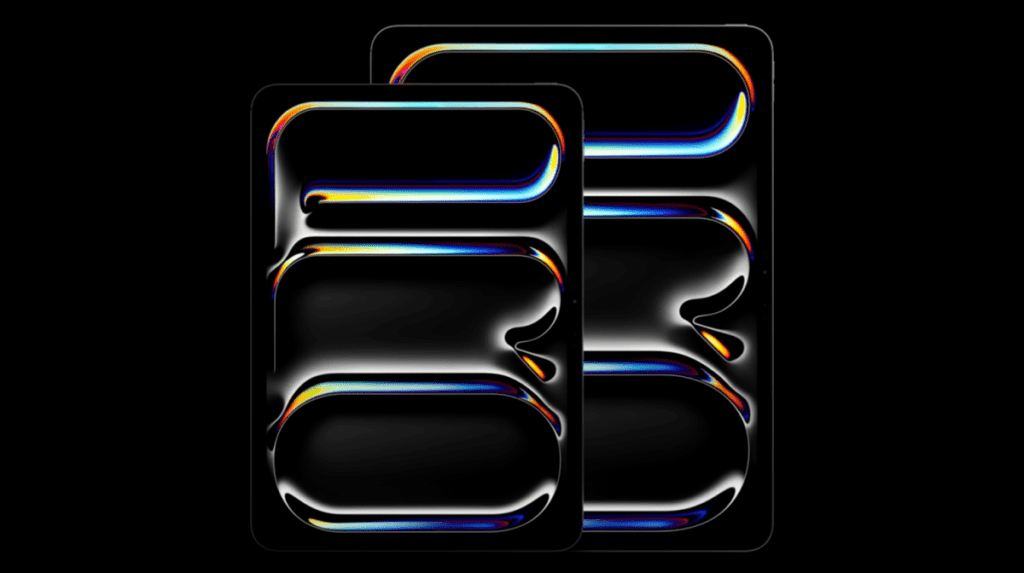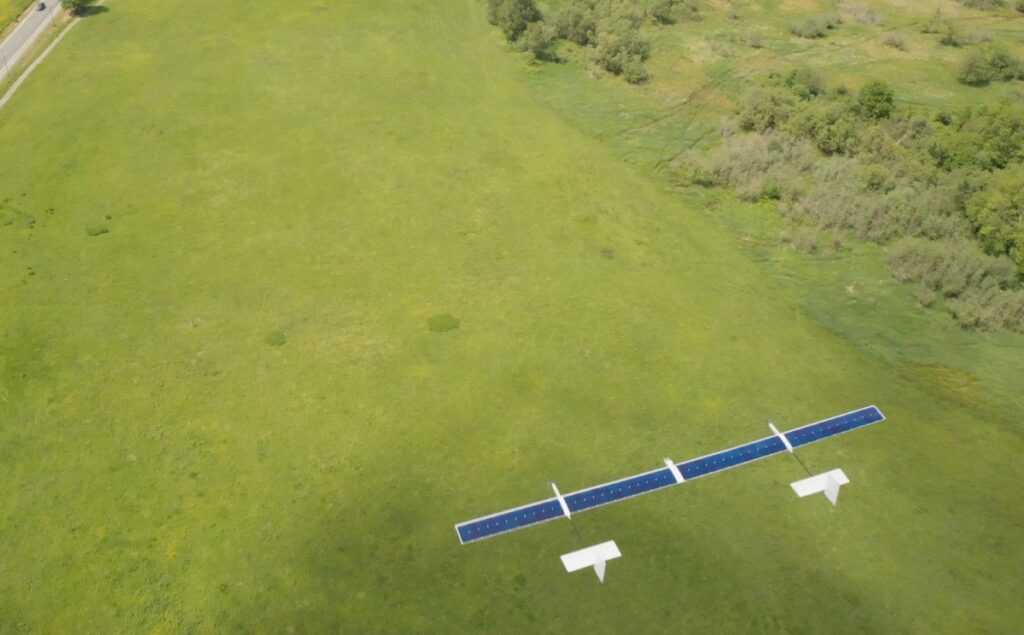
Yeah, you can put an OLED screen in an iPad, but then you lose the brightness that iPad Pro users are used to. What is a poor computer maker to do? You stack two of them, of course.
“We’ve always envisioned iPad as a magical sheet of glass,” said John Ternus, SVP, Hardware Engineering, during Apple’s iPad event in Cupertino on Tuesday. “And with the new iPad Pro, we wanted to give customers an even more remarkable visual experience.”
The company did that by bringing OLED to iPad for the very first time, suggesting that the technology helps get the light and color accuracy that iPad Pro owners want — but that it lacks the brightness. The company solved that by creating the Tandem OLED screen, which can support an incredible 1,000 nits of full-screen brightness for both SDR and HDR content, and 1,600 nits of peak HDR brightness. The company says no other device delivers this level of display quality.
As a bonus of using OLED, it enables the company to deliver sub-millisecond control over the color and luminance of each pixel, which means that highlights in photo and video can appear brighter, while blacks can be deeper and more true, with a huge additional responsibility boost in moving content.
Together, the company calls it the Ultra Retina XDR, built into both brand-new 11- and 13-inch models.
Previously seen on the company’s high-end studio displays, the new iPad Pro also gets a nanotexture glass option to iPad Pro for the very first time: Nanotexture glass is precisely etched at a nanometer scale, maintaining image quality and contrast while scattering ambient light for even less glare.



